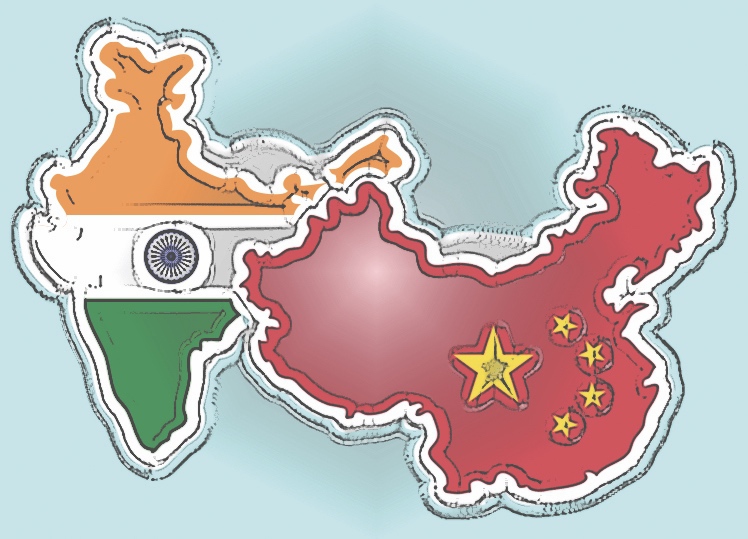In a follow-up to my last column’s story, here is more info on what has led to the catastrophe of Covid-19 numbers and vaccination failures in India and many of the earth’s poorer countries, including China.
The demographic differences of these countries with their huge populations and poverty, when compared with the U.S. and the Western World, have led to disappointing results in lockdowns. All humans crave social contact, for instance, according to Holman W. Jenkins, Jr., an editorial writer for the Wall Street Journal.
But he informs us, “The incentive of people to change their habits varies with (their) socioeconomic condition.”
The truth is that social distancing contacts took little effort in Europe, the U.S., and other industrialized parts of the world through necessary household items being able to be phone or computer-ordered (from home) directly to companies (such as Amazon). Meanwhile, employees and employers were often able to work from their houses, condos, or apartments. Jenkins adds: (In these more affluent world areas) “Employers found it realistic to install Plexiglas, distribute masks, modify ventilation systems.” He continues, “Governments could prop up the income of their citizens for a year or two by printing money…” In contrast, India with its huge numbers of people living side-by-side in an extreme lowest-income state, quickly learned that a three-week shutdown hurt their citizens’ personal and economic survival more than Covid did.
But why did it take India so long to become so devastated with indications of true daily new infection rates that might now exceed 13 million? Theories abound! First, it is thought that India wasn’t badly affected at first due to having a very young population. Then there is the belief that many of its citizens are considered to have preexisting immunities. India’s inadequate death records are also called “into play” here.
Another explanation is the fact that it takes a huge country longer to spread the virus, as well as for protective measures there to become greatly less effective. But once it begins to infect millions a day and the country’s hospital systems, a tidal wave can begin. Jenkins does state, however, that he believes, “severe cases remain a tiny fraction of those infected.”
China’s average age of citizenry is 37, (similar to U.S. average age), whereas India’s average age is 27. The inadequacy of giving vaccinations to both countries’ citizens is a huge concern in controlling Covid-19. Here are Holman’s statistics showing the immense deficits in their governments’ medical aid to the people of China and India:
Vaccine data (apparently more reliable than previous infection rates) “show that 1.18 billion Chinese have yet to receive a single dose. China, with its vast agglomerations (multiple cities’ economies) of urban poverty, is a lot closer socioeconomically and demographically to India than to the U.S. or Europe…”
At the beginning of 2020 with the Wuhan virus just beginning, a study “estimated that outbreaks in the 28 biggest U.S. cities would require 26 ICU (Intensive Care Units) beds per 100,000 people — a figure that most Western societies, including the U.S., already met.” For comparison points, Holman finalizes with these stats: “In China, the number of ICU beds per 100,000 was 3.6 at the start of 2020; in India, it was 2.3.”
It is important to note here that China does have advantages over India such as gigantic financial reserves and a degree of competence in its regime, along with better border controls. Nevertheless, China does appear to have a likely future half-of-decade fight to keep the virus out of its sprawling city populations. It will also have to continue developing its healthcare to give shots to its billion unvaccinated citizens.





